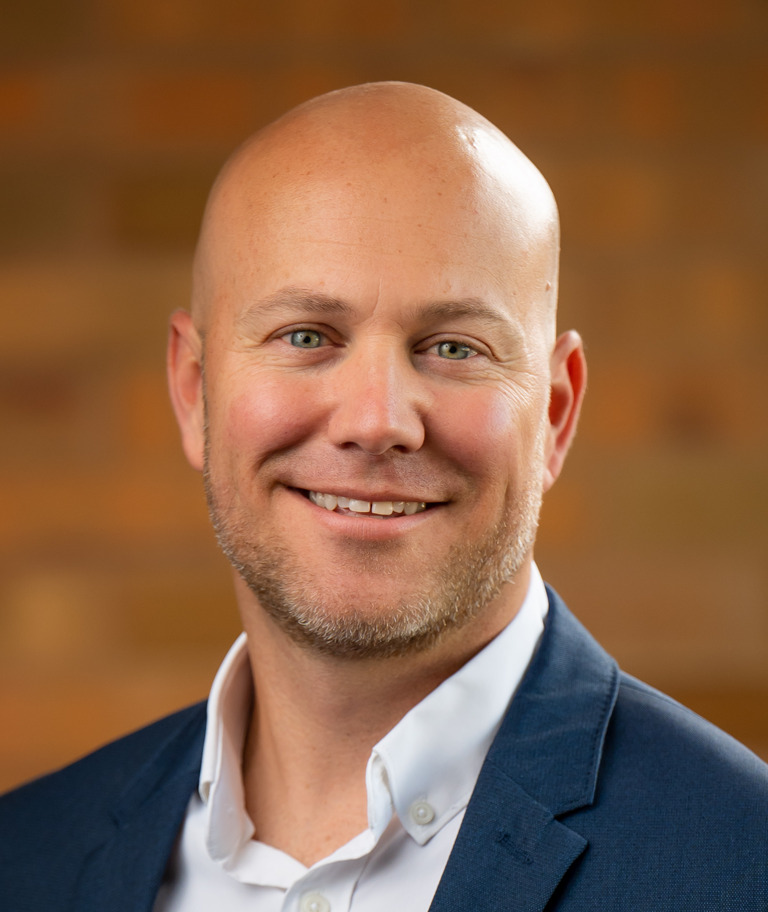As we approach the new year, there is growing uncertainty about potential changes to federal clean energy tax policies under the Inflation Reduction Act (IRA). To help solar developers and project owners navigate this uncertainty, Nevados commissioned a report from the leading tax experts at Norton Rose Fulbright. Their report outlines strategies to protect projects from future policy shifts and ensure they qualify for the current investment tax credit (ITC) rules and adders. Here’s how.
Why act now?
With a new administration taking office in 2025 and Republican control of Congress, changes to the IRA could be on the horizon. Even without legislative changes, the domestic content requirement for solar projects is due to increase from 40% to 45% in 2025, making it more difficult to secure the 10% domestic content adder.
Fortunately, you can lock in today’s policies by officially “starting construction” on your project before these potential changes take effect. According to IRS guidance, there are two ways to establish that construction has started:
- The 5% safe harbor test
- The physical work test
Let’s break these down in plain terms.
Option 1: The 5% safe harbor test
The simplest and most reliable way to start construction is to spend at least 5% of your project’s total Fair Market Value, such as Nevados TRACE™ All Terrain Trackers®. This approach involves the following steps:
- Determine your project’s eligible cost basis for the ITC.
- Spend at least 5% of that cost on specific equipment.
- Take title of the equipment within 105 days of payment.
As Norton Rose explains, “A project will be considered under construction once the developer incurs at least 5% of the total project cost.” By purchasing tracker components before the end of the year, you can lock in the 2024 policy. Nevados can help you navigate this process, including arranging storage for your tracker components until they are ready to be installed.
Option 2: The physical work test
This option involves starting “physical work of a significant nature” on custom components for your project. Nevados’ trackers are uniquely suited for this test because they are custom-designed for specific sites, accounting for factors like module, wind loads, snow loads, and site topography. Here’s how it works:
- Work with the Nevados engineering team to develop custom project-specific tracker designs
- Sign a binding contract with Nevados to manufacture custom tracker components.
- Begin production on significant parts of the trackers (e.g., torque tubes, structural steel).
Norton Rose clarifies, “The physical work test focuses on the nature of the work performed and not on the amount of work or its cost.” While this approach avoids the need for an upfront payment of 5% of the project cost, it requires more interpretation and project-specific tax advice. Nevados is prepared to provide documentation and certifications to support this method.
Timing matters
If you want to lock in the 2024 ITC rules, the 5% test is your only option before the end of the year. If your project schedule allows for a longer timeline, you can still use the physical work test in early 2025, but you’re taking on some risk as the legislative environment evolves.
How Nevados can help
Nevados can support both the 5% and physical work tests to help you lock in your start of construction date. Our team can also assist with logistics, such as storage and delivery, to align with your project timeline.
Consult your tax adviser
While these strategies are widely used, every project is unique. We recommend working closely with your tax adviser to determine the best approach for your circumstances.
Take action now to secure your project’s tax benefits and mitigate future risks. Contact Nevados today to learn how our innovative trackers can help you meet these requirements and move your project forward.
Contact Nevados to obtain a copy of the full memo for your project.



